Heading to the Wells Fargo Golf Tournament? Whether you’re a die-hard golf fan or just enjoying a day outdoors, the right outfit can significantly enhance your experience. This guide covers everything you need to know about what to wear, combining comfort, style, and functionality. Let’s dive in!
Understanding the Tournament Atmosphere
The Wells Fargo Golf Tournament is more than just a sports event; it’s a celebration. You will encounter an exciting blend of fans, players, and sponsors. Here’s what to keep in mind:
- Casual yet classy: Golf tournaments often attract a stylish crowd. Aim for a polished look that isn’t too formal.
- Comfort is key: You’ll be walking on grass, exploring the grounds, and maybe standing for long periods. Dressing comfortably will help enhance your overall enjoyment.
- Be prepared for weather changes: Depending on the season, weather can fluctuate. Layering might be necessary!
Essential Clothing Choices
For Women
- Tops:
- Polo shirts: A classic choice. Opt for lightweight cotton or moisture-wicking fabric.
- Sun protection tops: Look for long sleeves with UPF protection for sun safety.
- Bottoms:
- Golf shorts or skirts: Choose breathable material. Length varies by preference but aim for knee-length or above for comfort.
- Capris or lightweight pants: A good option if it’s cooler out.
- Footwear:
- Athletic shoes: These should provide cushioning and support. Consider tennis shoes or golf-specific shoes.
- Comfortable sandals: Perfect for warmer days, provided they have a good grip.
For Men
- Shirts:
- Polo shirts: As with women’s attire, well-fitted polos in moisture-wicking materials work best.
- Lightweight button-up shirts: Great if you want a dressier look.
- Bottoms:
- Golf shorts: A staple for casual comfort. Look for styles with pockets.
- Chino pants: Ideal for a smart-casual look, especially in cooler weather.
- Footwear:
- Golf shoes: Recommended for those planning to hit the course.
- Sneakers or loafers: Comfortable options for exploring the tournament grounds.
Accessories
- Sunglasses: Protect your eyes and look stylish. Polarized lenses are a plus.
- Hats: A wide-brimmed hat or a baseball cap is essential to shield your face.
- Sunscreen: Although not clothing, protecting your skin from UV rays is vital.
- Lightweight jacket: For unpredictable weather, pack a light jacket or windbreaker.
Bags
- Backpack or tote: A small backpack can carry essentials like sunscreen, water, and snacks.
- Small crossbody bag: A chic way to keep valuables secured.
 Woman in Chic Outfit at Golf Tournament
Woman in Chic Outfit at Golf Tournament
Outfit Examples
Example 1: Casual yet Chic (Women)
- Polo Shirt: Light blue, moisture-wicking fabric.
- Bottoms: Knee-length golf skirt.
- Footwear: White athletic shoes.
- Accessories: Wide-brimmed hat and aviator sunglasses.
Example 2: Stylish and Sporty (Men)
- Shirt: Light plaid, short-sleeve button-up.
- Bottoms: Tan chino pants.
- Footwear: Brown loafers or stylish sneakers.
- Accessories: Classic baseball cap and polarized sunglasses.
 Man Sporting a Stylish and Sporty Look at Golf Tournament
Man Sporting a Stylish and Sporty Look at Golf Tournament
Seasonal Considerations
Spring/Summer Tips:
- Fabrics: Lightweight and breathable fabrics are a must.
- Colors: Bright and cheerful tones can enhance your day!
Fall/Winter Tips:
- Layers: Bring a light base layer, a mid-layer for warmth, and a waterproof outer layer if needed.
- Warmer Footwear: Consider thicker socks or shoes.
Key Takeaways
- Dress comfortably and stylishly to enjoy the Wells Fargo Golf Tournament.
- Choose breathable fabrics suitable for the weather.
- Don’t forget accessories like sunglasses and hats to protect against the sun.
- Layer smartly to adapt to changing temperatures.
 Friends Having Fun at Golf Tournament
Friends Having Fun at Golf Tournament
FAQ Section
1. Can I wear jeans to the tournament?
While jeans can be acceptable, opt for smart denim without rips or tears for a polished look.
2. What type of shoes are best for walking the course?
Choose comfortable athletic or golf shoes with good support for walking.
3. Should I bring an umbrella?
Check the forecast! If rain is possible, a small, portable umbrella can be useful.
4. Can I bring a bag to the event?
Yes, but ensure it meets the tournament’s size and type restrictions. Check the official event guidelines for specifics.
5. Are there any prohibited clothing items?
Avoid overly revealing clothing and offensive graphics. Stick with classic styles for a respectful appearance.
6. How can I stay comfortable throughout the day?
Stay hydrated, wear sunscreen, and take breaks in shaded areas whenever possible.
7. What if the weather changes during the tournament?
Be prepared for changes by wearing layers. A lightweight, packable jacket can be a lifesaver.
8. Can children wear sneakers?
Absolutely! Sneakers are ideal for children in this setting. Comfort is key!
9. Is it acceptable to wear bright colors?
Bright colors are not only acceptable but can enhance the festive atmosphere!
10. Are there specific brands recommended for golf attire?
Brands like Nike, Adidas, and Puma offer stylish and functional options. Consider your own preferences and try some on!
By following this guide, you’ll be well-prepared for the Wells Fargo Golf Tournament, ready to enjoy every moment of the event. Have fun, dress well, and enjoy the beauty of the game!

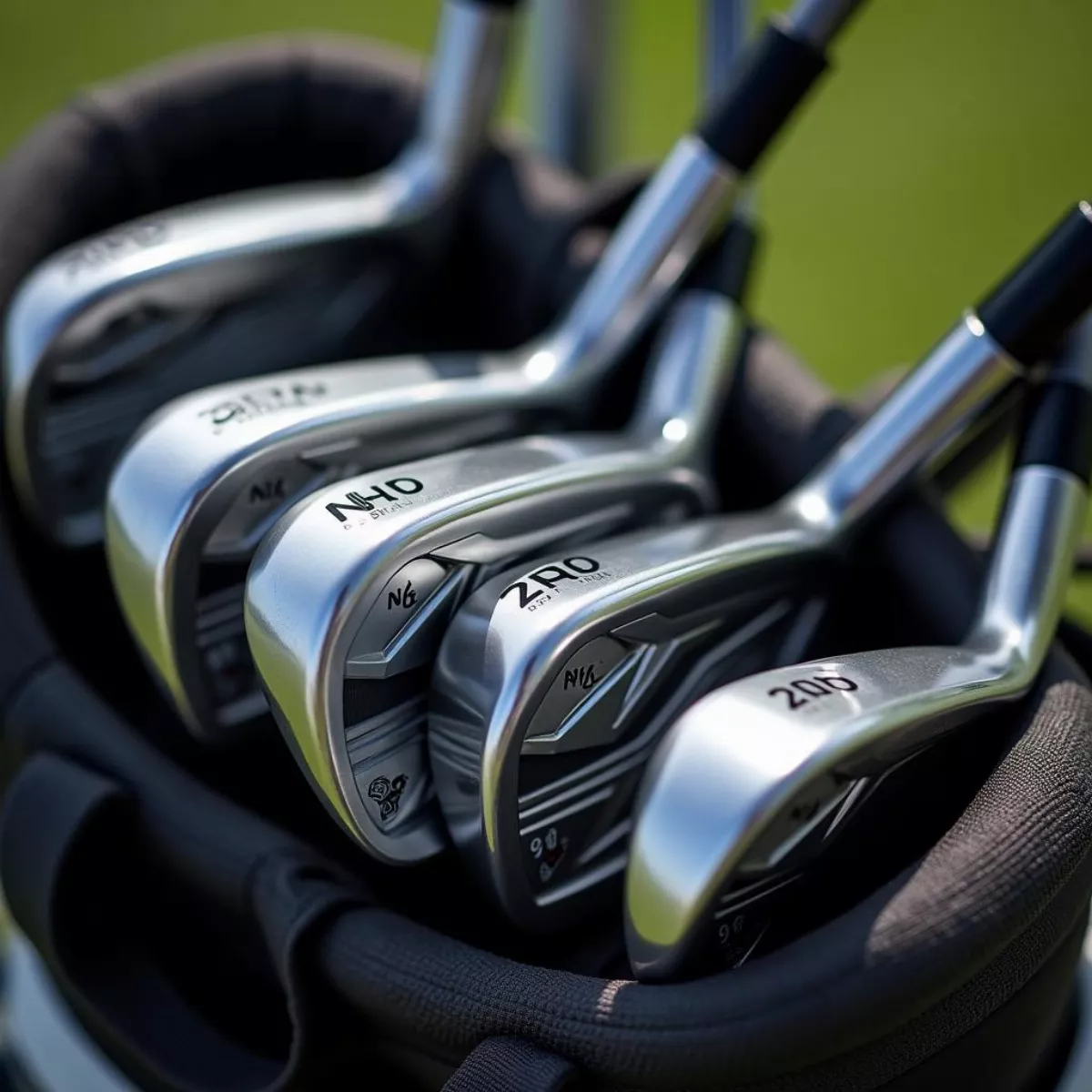 Brooks Koepka's Mizuno MP-20 Irons
Brooks Koepka's Mizuno MP-20 Irons Brooks Koepka lining up a putt
Brooks Koepka lining up a putt  Brooks Koepka celebrates a successful shot
Brooks Koepka celebrates a successful shot 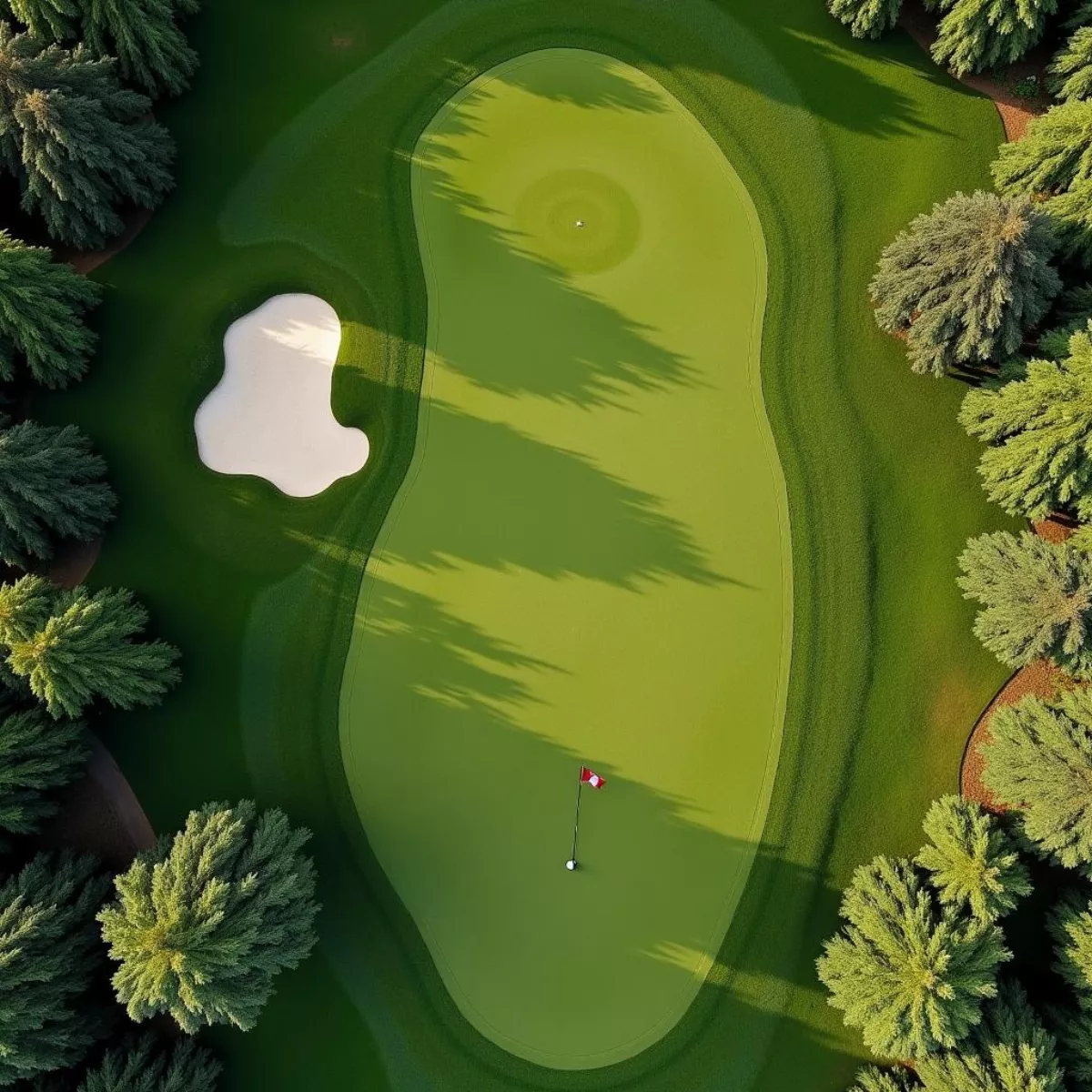
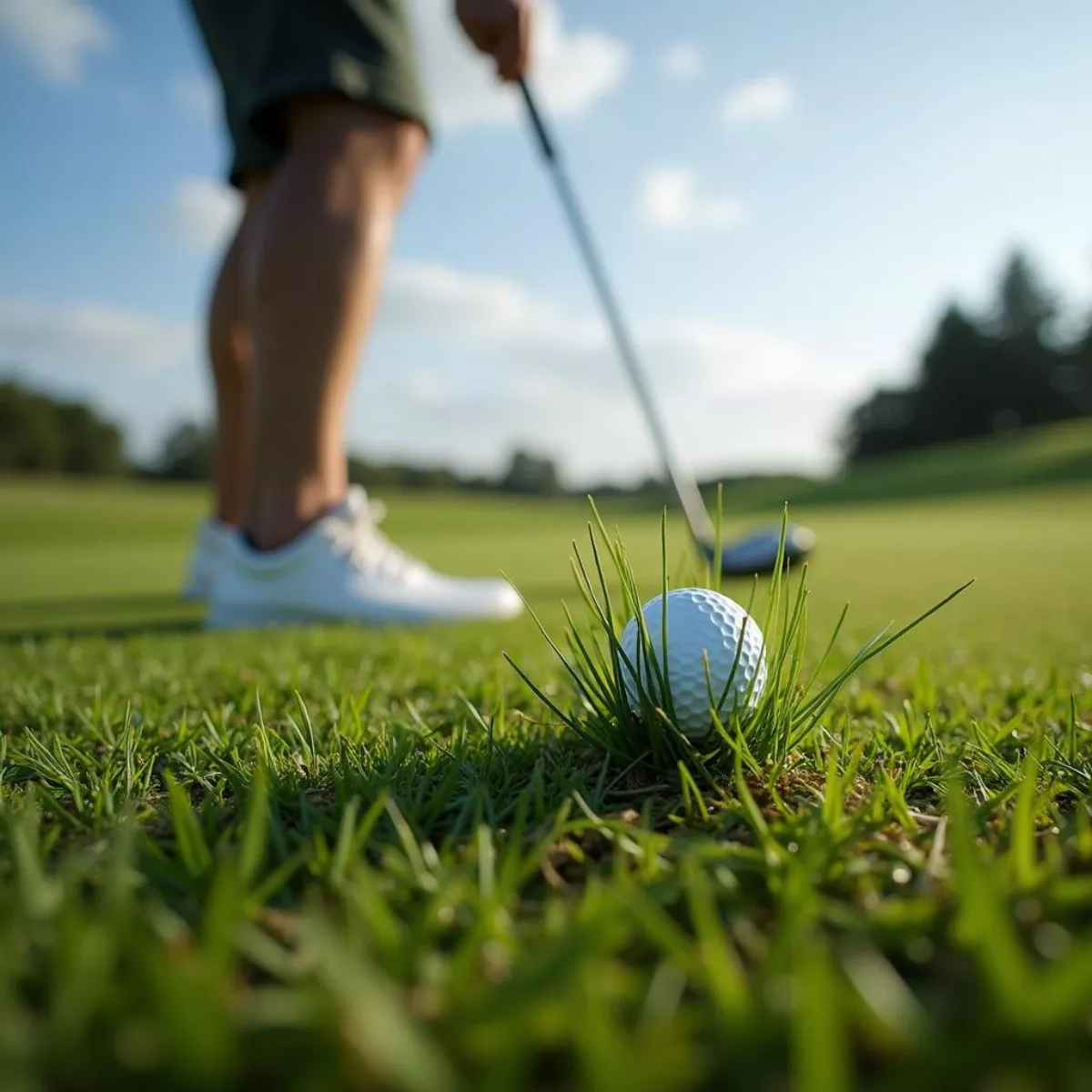 Golfer in the Rough Facing a Difficult Lie
Golfer in the Rough Facing a Difficult Lie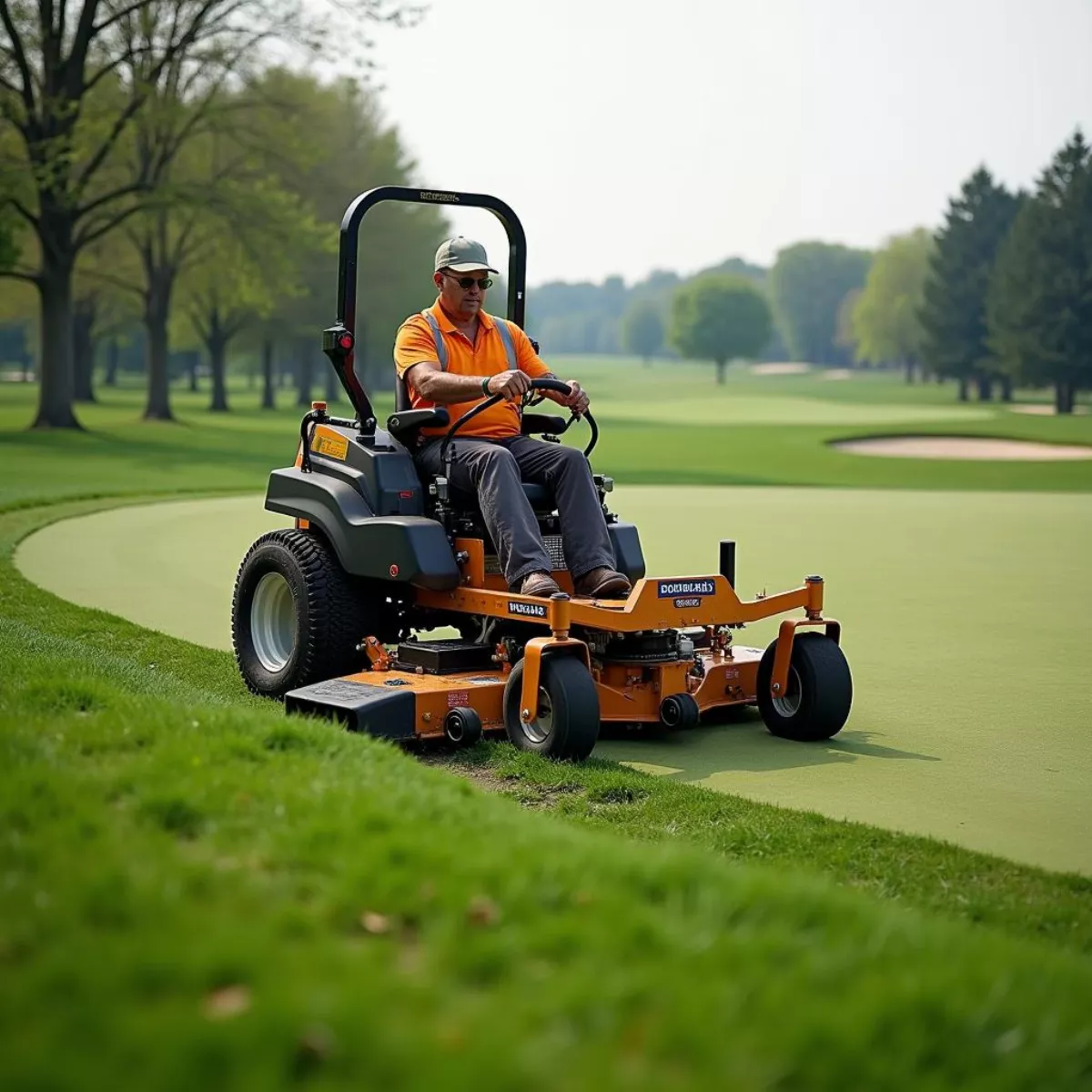 Golf Course Maintenance – Mowing the Rough
Golf Course Maintenance – Mowing the Rough
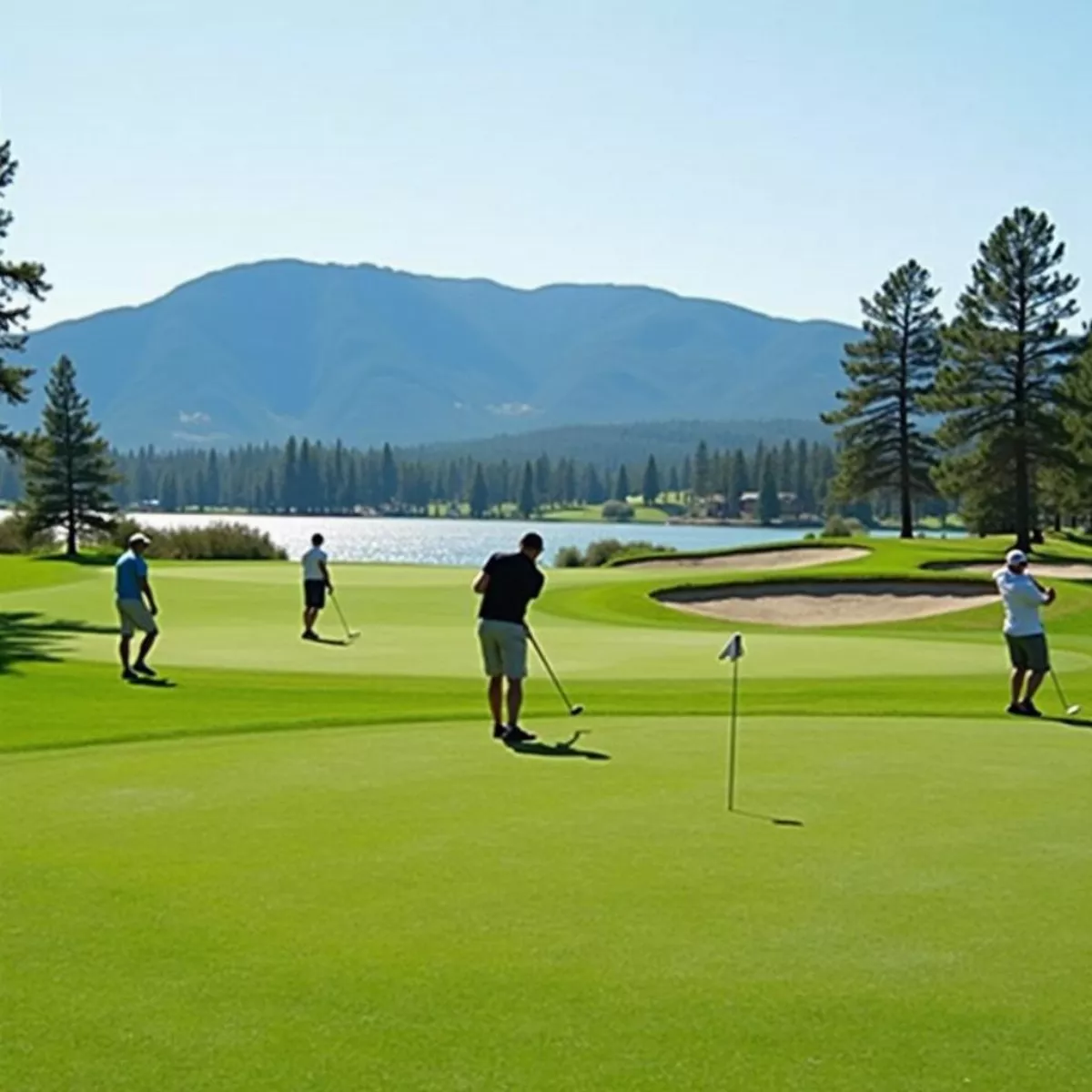 Golfers on Lush Fairway
Golfers on Lush Fairway Mirror Lake Clubhouse at Sunset
Mirror Lake Clubhouse at Sunset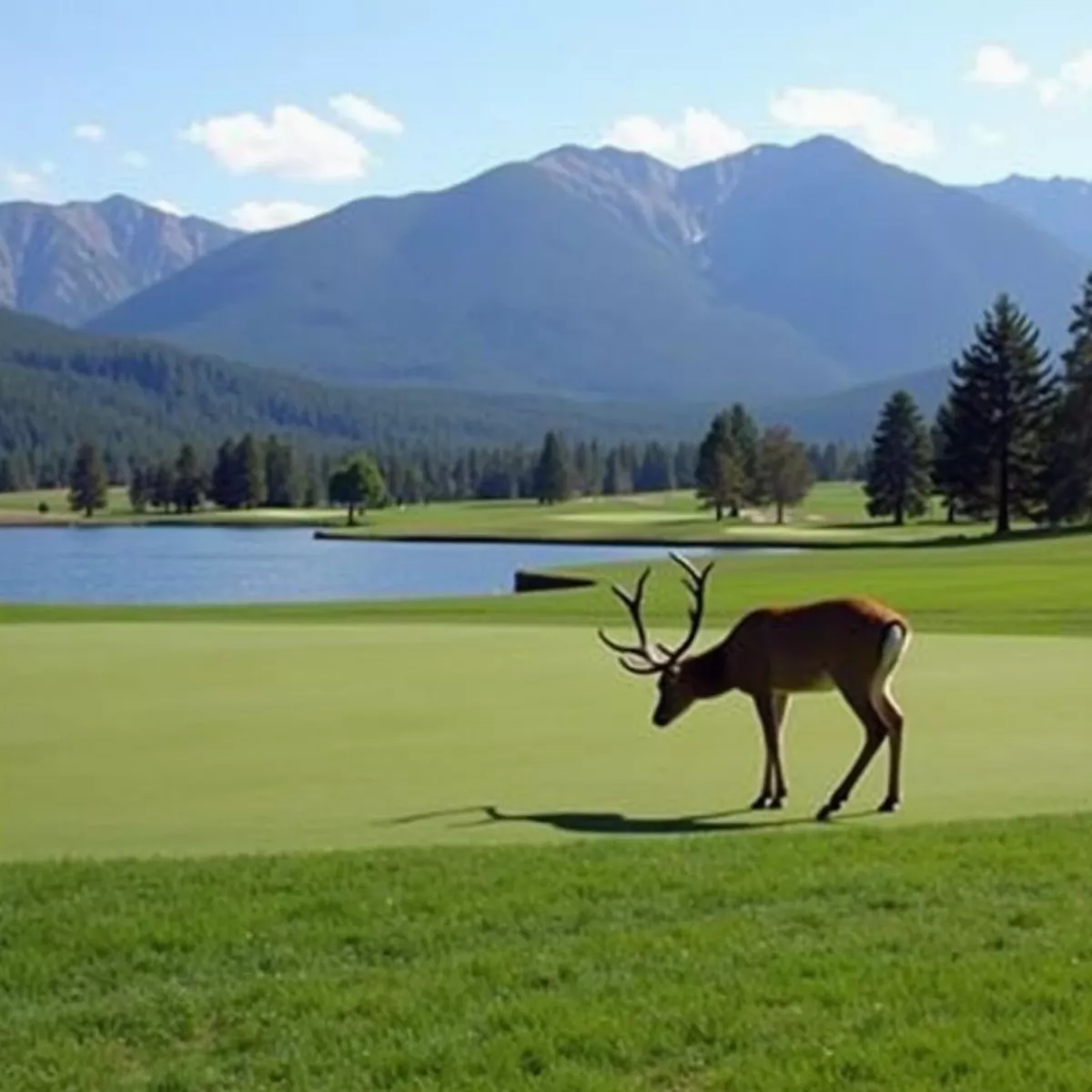 Lake Placid Wildlife at Mirror Lake
Lake Placid Wildlife at Mirror Lake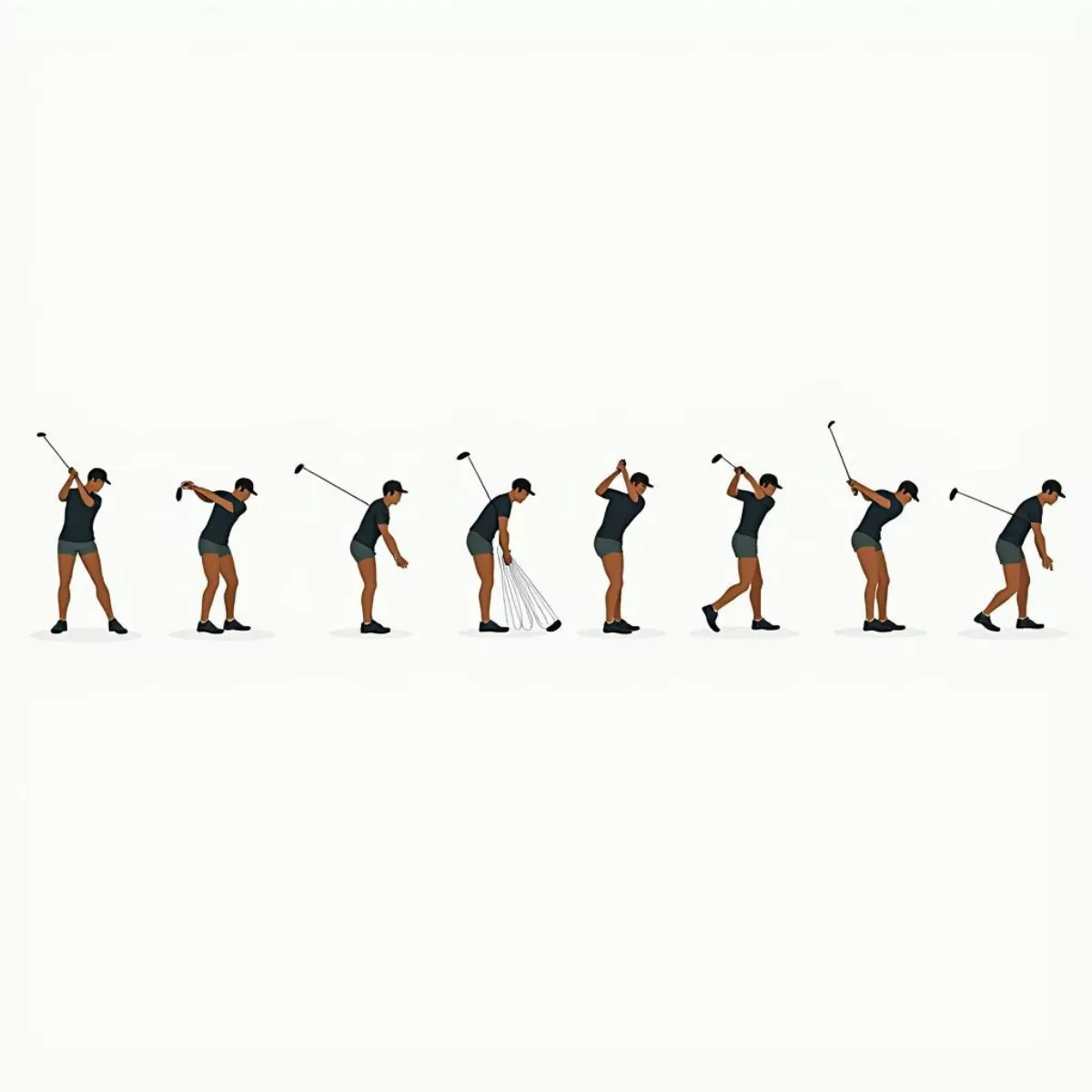
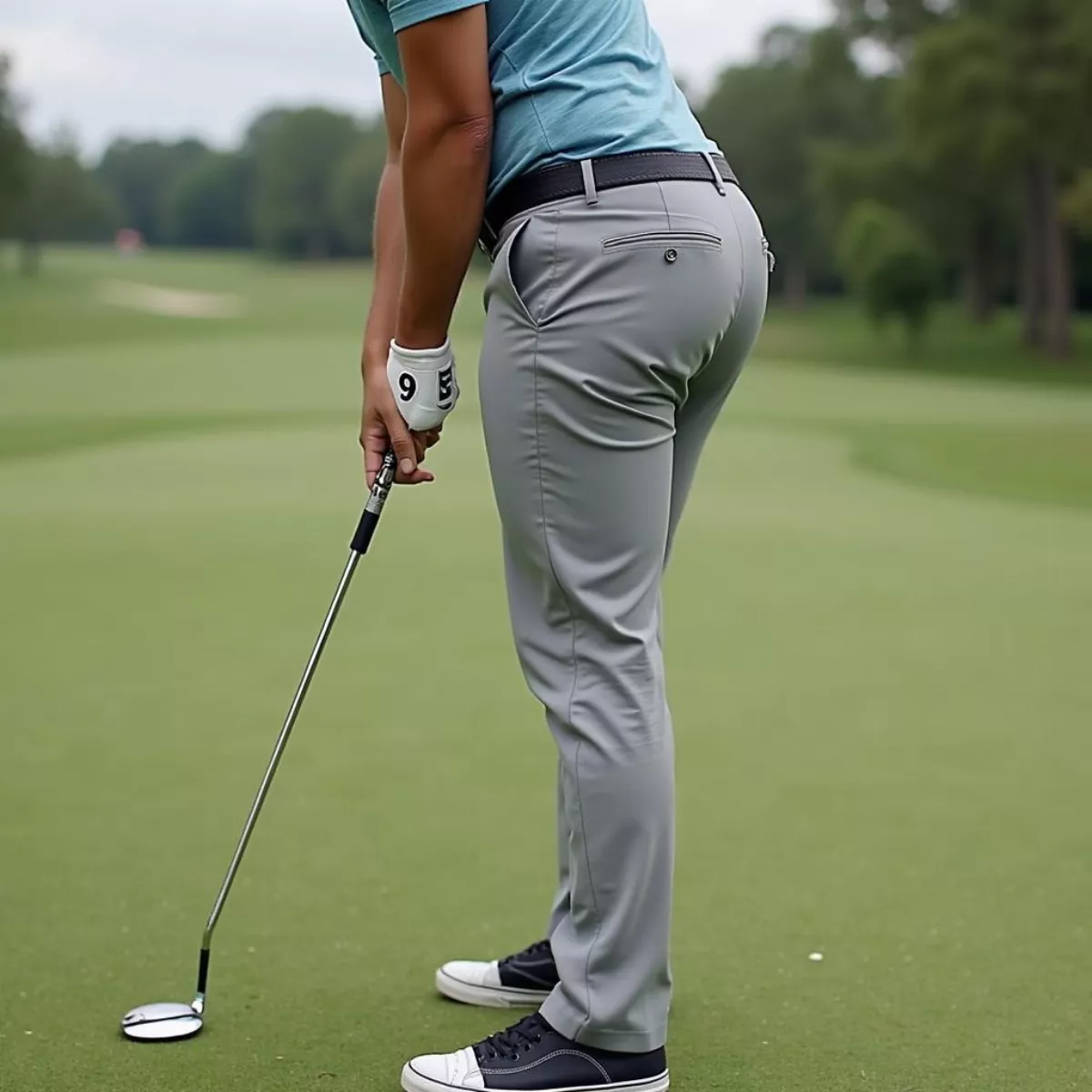 Golfer demonstrating hip rotation
Golfer demonstrating hip rotation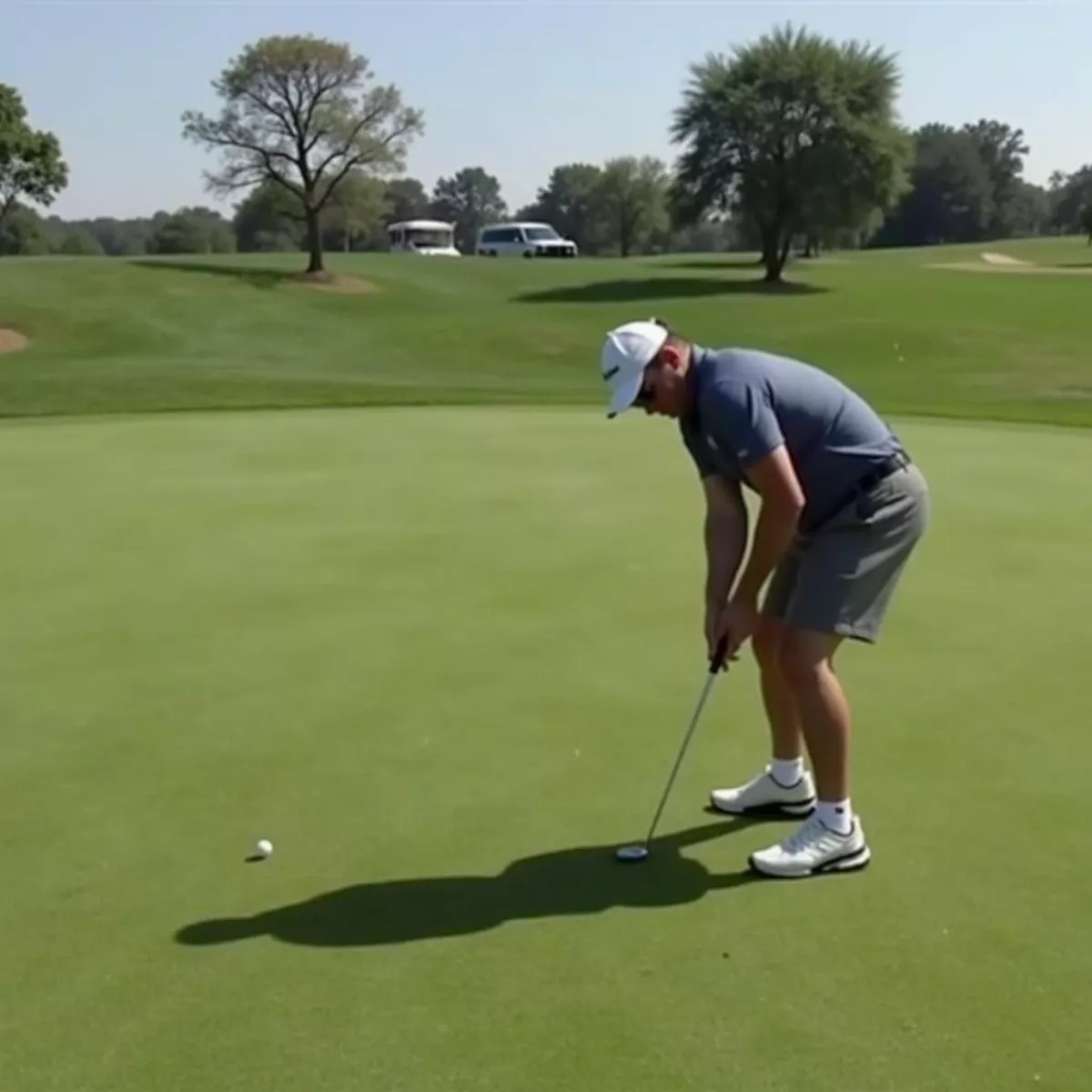 Golfer chipping onto the green
Golfer chipping onto the green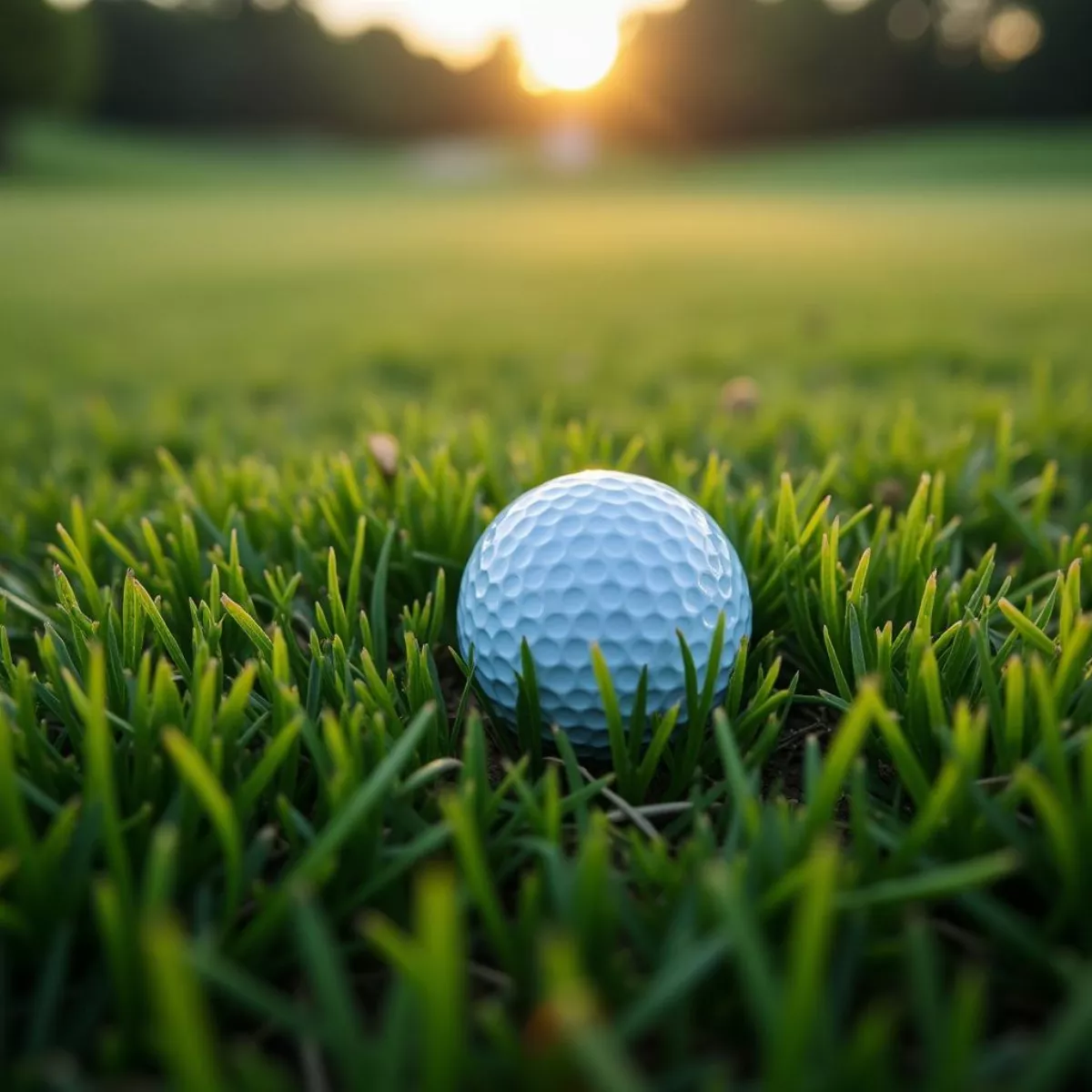
 Golfer Hitting Ball From Rough
Golfer Hitting Ball From Rough Golfer Practicing Rough Shot
Golfer Practicing Rough Shot
 Analyzing Golf Course for Birdie Opportunities
Analyzing Golf Course for Birdie Opportunities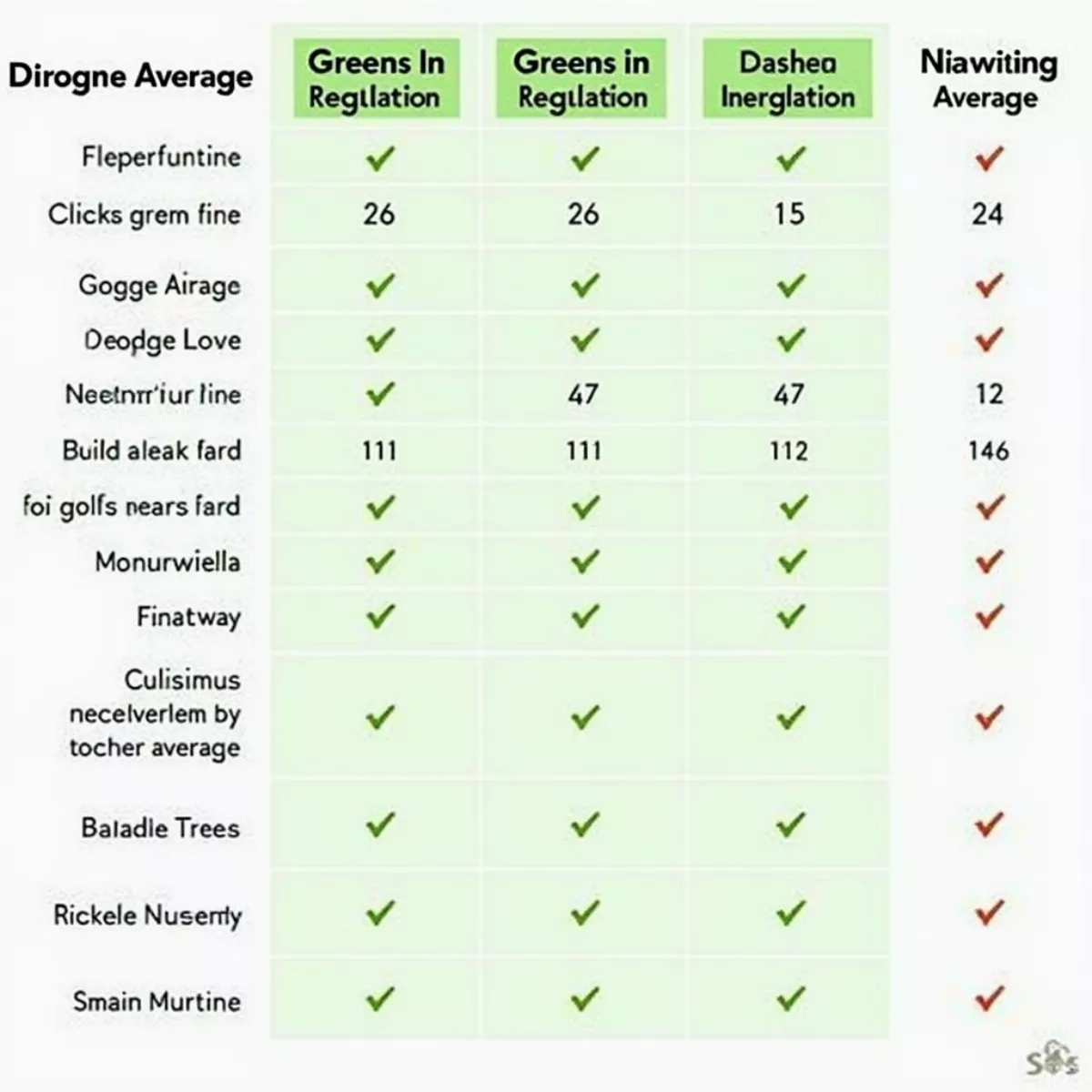 Comparing Golfer Performance for Birdies Matchup
Comparing Golfer Performance for Birdies Matchup
 Larry David on the Golf Course in Curb Your Enthusiasm
Larry David on the Golf Course in Curb Your Enthusiasm Los Angeles Country Club Clubhouse
Los Angeles Country Club Clubhouse
 Golfers Enjoying Drinks on Clubhouse Patio
Golfers Enjoying Drinks on Clubhouse Patio Family Playing Golf Together
Family Playing Golf Together